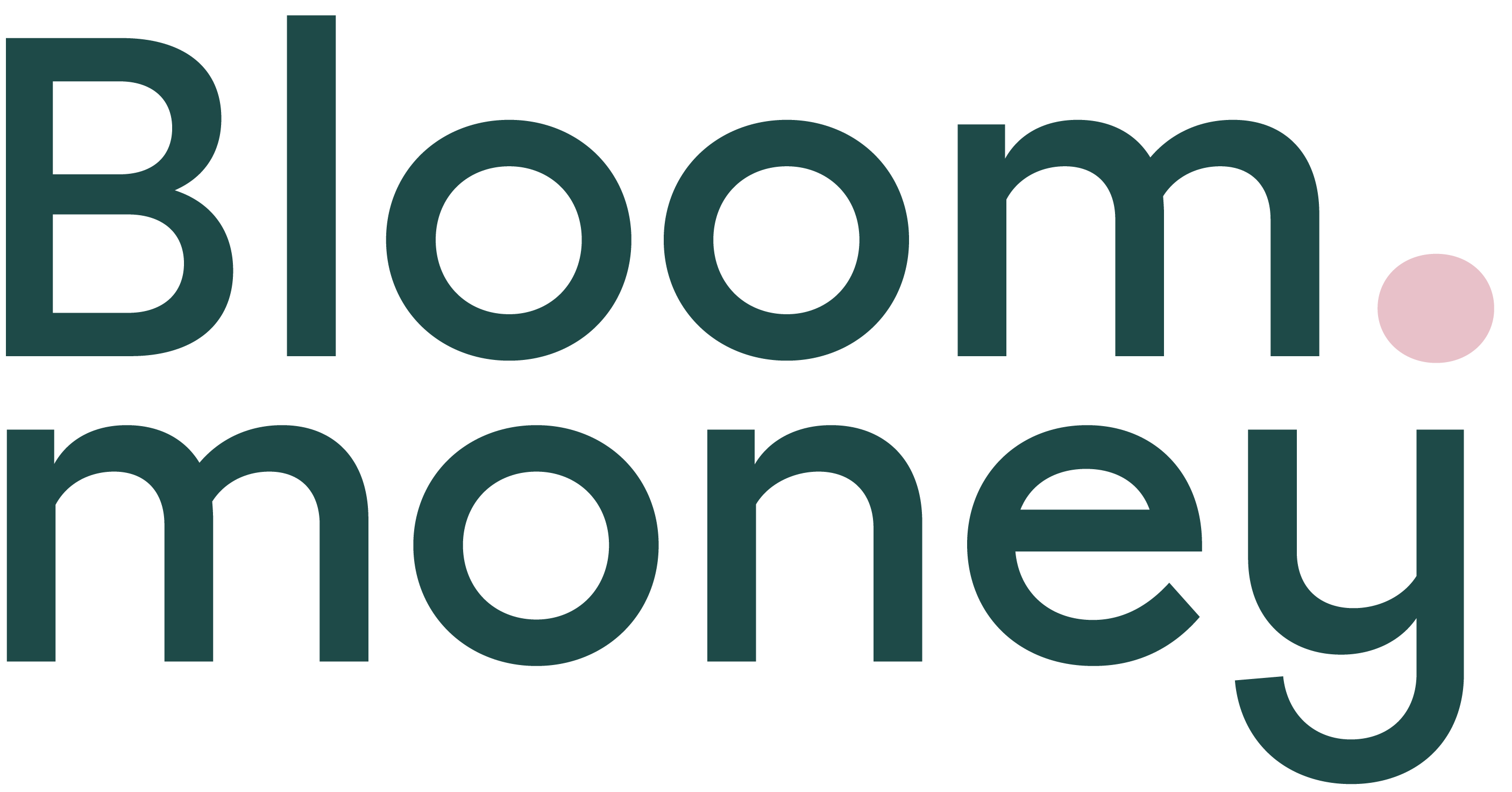Top 10 Chatbots in Healthcare: Insights & Use Cases in 2023
In the early days, the problem of these systems was ‘the complexity of mapping out the data in’ the system (Fischer and Lam 2016, p. 23). Today, advanced AI technologies and various kinds of platforms that house big data (e.g. blockchains) are able to map out and compute in real time most complex data structures. In addition, especially in health care, these systems have been based on theoretical and practical models and methods developed in the field. For example, in the field of psychology, so-called ‘script theory’ provided a formal framework for knowledge (Fischer and Lam 2016). Thus, as a formal model that was already in use, it was relatively easy to turn it into algorithmic form. These expert systems were part of the automated decision-making (ADM) process, that is, a process completely devoid of human involvement, which makes final decisions on the basis of the data it receives (European Commission 2018, p. 20).
Our research at the Psychology and Communication Technology (PaCT) Lab at Northumbria University explored people’s perceptions of medical chatbots using a nationally representative online sample of 402 UK adults. The study experimentally tested the impact of different scenarios involving experiences of embarrassing and stigmatizing health conditions on participant preferences for medical consultations. Companies are actively developing clinical chatbots, with language models being constantly refined. As technology improves, conversational agents can engage in meaningful and deep conversations with us. A conversational bot can examine the patient’s symptoms and offer potential diagnoses.
Peer review
Further, we excluded studies that contained chatbots controlled by human operators. Accordingly, this review cannot comment on the effectiveness of chatbots that involve human-generated content or those that use alternative modes of delivery. It was necessary to apply those restrictions because these features are not part of ordinary chatbots. For this reason, 3 previous reviews about chatbots applied these restrictions [5,13,19]. There is a shortage of mental health human resources, poor funding, and mental health illiteracy globally [5,6].
Happening Now: Chatbots in Healthcare – Happening Now: Chatbots in Healthcare – Medical Device and Diagnostics Industry
Happening Now: Chatbots in Healthcare – Happening Now: Chatbots in Healthcare.
Posted: Tue, 09 May 2023 07:00:00 GMT [source]
Intermountain Health in Utah is currently using Scout to tell patients what to do when they’re having symptoms. Sometimes, Scout will recommend to patients to visit the emergency room or urgent care, get rest and drink fluids or make an appointment to see their doctor. Of course, no algorithm can match the experience chatbot in healthcare of a physician working in the field or the level of service that a trained nurse can offer. Still, chatbot solutions for the healthcare sector can enable productivity, save time, and increase profits where it matters most. Algorithms are continuously learning, and more data is being created daily in the repositories.
Quick access to important information
Health care providers should consider offering chatbots as an adjunct to already available interventions. In the healthcare field, in addition to the above-mentioned Woebot, there are numerous chatbots, such as Your.MD, HealthTap, Cancer Chatbot, VitaminBot, Babylon Health, Safedrugbot and Ada Health (Palanica et al. 2019). One example of a task-oriented chatbot is a medical chatbot called Omaolo developed by the Finnish Institute for Health and Welfare (THL), which is an online symptom assessment tool (e-questionnaire) (Atique et al. 2020, p. 2464; THL 2020). The chatbot is available in Finnish, Swedish and English, and it currently administers 17 separate symptom assessments. First, it can perform an assessment of a health problem or symptoms and, second, more general assessments of health and well-being. Third, it can perform an ‘assessment of a sickness or its risks’ and guide ‘the resident to receive treatment in services promoting health and well-being within Omaolo and in social and health services external to’ it (THL 2020, p. 14).
This may make artificial intelligence chatbots more effective in building rapport with users, thereby improving their mental health [42]. It could be argued that artificial intelligence chatbots are more prone to errors than rule-based chatbots, but these errors can be minimized and diminished by extensive training and greater use [49]. Accordingly, we recommend developers concentrate efforts around artificial intelligence chatbots to improve the effectiveness. The ability to accurately measure performance is critical for continuous feedback and improvement of chatbots, especially the high standards and vulnerable individuals served in health care.
Chatbot Ensures Quick Access To Vital Details
Patients can receive support and care remotely, reducing the need for in-person visits and improving access to healthcare services. Given the weak and conflicting evidence found in this review, users should not use chatbots as a replacement for mental health professionals. Instead, health professionals should consider offering chatbots as an adjunct to already available interventions to encourage individuals to seek medical advice where appropriate and as a signpost to available support and treatment. This study is the first review of the literature that assessed the effectiveness and safety of chatbots in mental health.
Although they are capable of solving complex problems that are unimaginable by humans, these systems remain highly opaque, and the resulting solutions may be unintuitive. This means that the systems’ behavior is hard to explain by merely looking inside, and understanding exactly how they are programmed is nearly impossible. For both users and developers, transparency becomes an issue, as they are not able to fully understand the solution or intervene to predictably change the chatbot’s behavior [97]. With the novelty and complexity of chatbots, obtaining valid informed consent where patients can make their own health-related risk and benefit assessments becomes problematic [98]. Without sufficient transparency, deciding how certain decisions are made or how errors may occur reduces the reliability of the diagnostic process.

